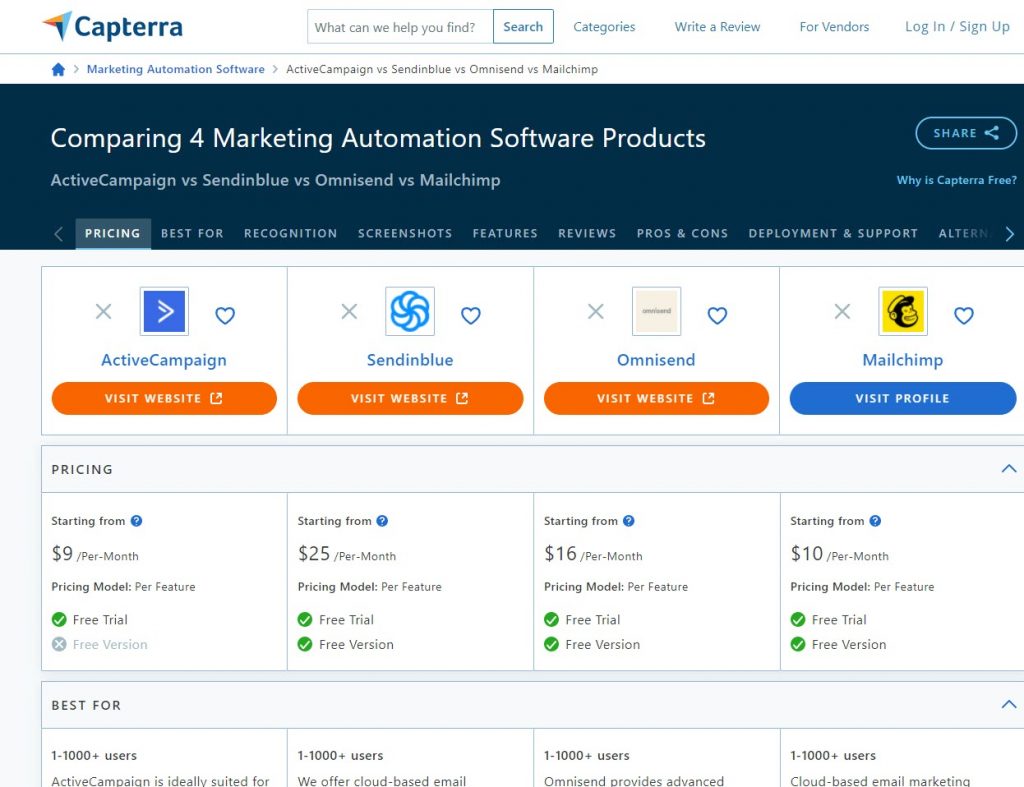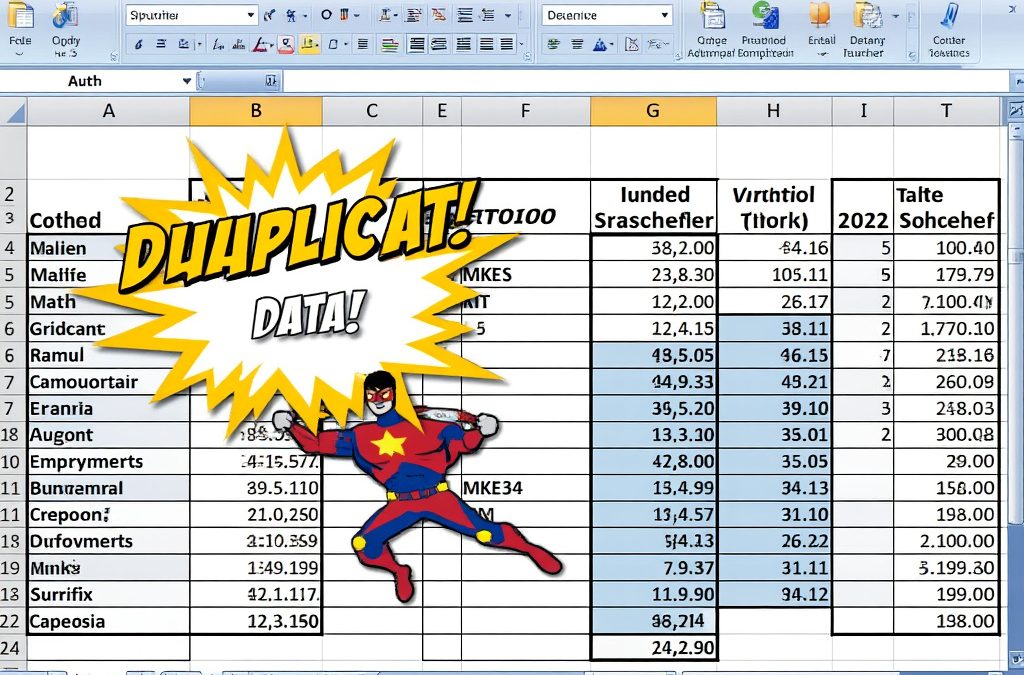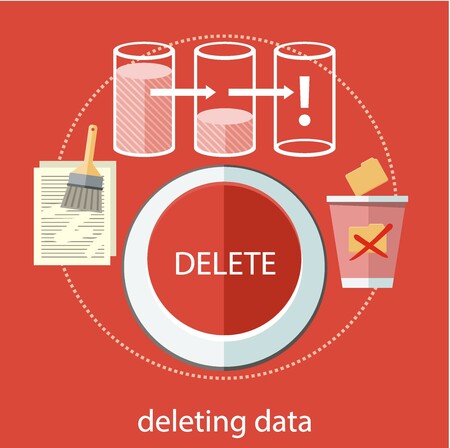Excelshortcut.com commits to continuous improvement. I’ve wondered if our Communication distribution process is lacking. Is there a more effective tool to help us share valuable content? Mailchimp has been ExcelShortcut.com’s tool for email creation and distribution for years. My experience with Mailchimp has been positive.
Minor criticisms of Mailchimp involve the distracting interface and clunky email editor. They addressed the latter point in a recent overhaul.
Last month, Excelshortcut.com migrated from a shared hosting plan to a Virtual private server. The improved performance encouraged me to review other areas.
The time had come to review the Newsletter process.
*The following Article may contain Affiliate Links and using them may result in a commission to Excelshortcut.com at no additional cost to the User. Affiliate Commissions Never influence our recommendations. Most companies have affiliate programs and we simply seek out partnerships with vendors of products we love.
Getting Started with Research
Roughly after a minute of research, the vast selection of ESP options overwhelmed me. Oh wait, you might know what an ESP is.
I only became familiar with the acronym after my research was well underway. ESP stands for Email Service provider. It’s a marketing distribution service used to manage communications with your audience.
I know they have many features, so I will refrain from calling them Newsletter Services.
My selection criteria were simple.
The ESP solution has to work well with WordPress without breaking the bank.
Speed and Automation are a priority. I seek a seamless content creation experience. I want to produce quality want and launch Data Defender, the entertaining way to learn Excel shortcuts. Fumbling through a complex interface or steep learning curves were not options.
After research of features, reviews and prices, I decided to give OmniSend a try. The pricing was reasonable, not the cheapest. Pricing structures vary wildly depending on factors. That’s a whole other discussion. Break down your subscriber size, features you use, and monthly email volume to gauge actual costs between the providers.
Here’s a look at the comparison.

Comparing Email Service Providers
By the way, Capterra is amazing for comparing products. I’m not sure why Google disagrees. It helps me compare products better than any other resource, but I digress.
Omnisend’s first place “ease of use score” was the most convincing selling point. Then I read a bunch of promising reviews. Under Cons, a couple of designers complained that it was too basic for them. Simplicity is a bonus to me. (:
I visualized the “new me” sending out clean emails that my readers would love. Here I was tinkering with border sizes and sampling different button sizes.
Omnisend it was. Here’s what happened during the trial.
For some features, the differences are less noticeable.
Hosted Landing Pages:
Mailchimp and Omnisend can host a specialized webpage to help advertise and convert email subscribers. It’s essential for building your email list.
Automated Workflow: Between your hectic job, needy family, and everything else competing for your time, you need to be efficient. Only a tiny fraction of time remains after everyone’s demands.
That’s why the automation features were a strong selling point. Omnisend has an excellent selection of canned workflows ready to operate. Their drag and drop interface is very smooth.
At this point, you can see that Omnisend won me over. Here’s why:
Features and the Interface: Omnisend has a clean UI and is rich with features. Mailchimp may have more to choose from, but Omnisend won’t fling defective features at you. If Omnisend has it, it works well. And the learning curve wasn’t steep.
Mailchimp has all the Navigation icons in a sidebar. If you live in Mailchimp or write enough newsletters, the icons may be enough of a guide. I don’t write my newsletters as often as I should, and it’s like relearning the menu each time. You can scroll over each one to see the word, however.
Omnisend has an intuitive menu.
Reporting and Analytics: Omnisend has slick reports. Their dashboards display a mountain of key metrics about your audience and sales. There’s way more you need to check out.
The dashboard design provides actionable data that indicates what’s working.
Quick Content Creation: The Drag-and-drop creation process from Omnisend is fast. I mentioned earlier how Omnisend’s Workflow creator is drag-and-drop. The email templates are too.
A minor grievance of mine was Mailchimp’s clunky content designer. To their credit, Mailchimp recently revamped the email creator. It’s vastly improved.
I also experienced strange errors where the designer would lock up on me. None of that in Omnisend so far, but it’s still early.
Omnisend’s template selection leaves room for expansion, but their Wizard is intuitive. I categorize this simplicity as another advantage. You pick a basic layout and custom it like crazy. Mailchimp allowed more flexibility but enabled me to make ugly stuff too.
Something about the design editor in Omnisend; I always end with a polished product.
I’ve only scratched the surface of Omnisend’s abilities, and I plan to provide an update in the future. I’m looking forward to a deeper dive into multichannel marketing and shop integration. Those are two areas where Omnisend excels.
Switching to Omnisend was my personal decision, and it’s been about a month. I will post a follow-up. In the end, you have to make the right decision for your business. Try different ESP solutions to see which one you like best.
But make sure to try out Omnisend.








